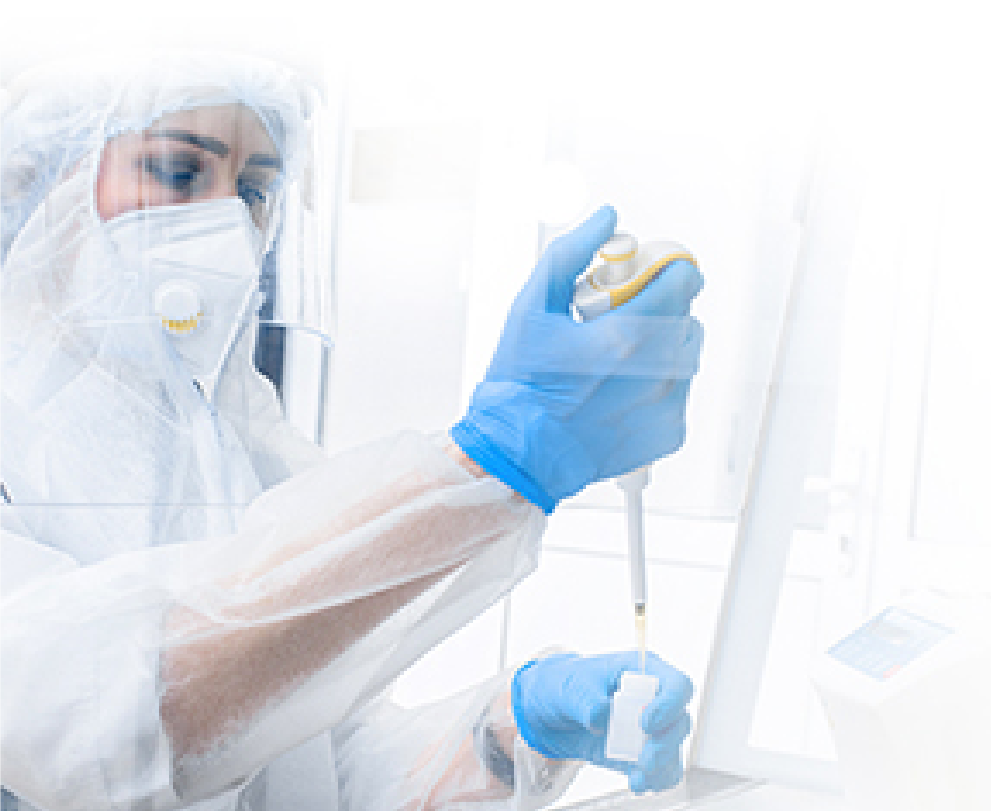What is CR Mammography?
CR Mammography (Computed Radiography Mammography) is a digital imaging technique to detect various breast abnormalities, such as cancer. CR mammography utilizes imaging plates coated with photostimulable phosphor.
When these plates are exposed to X-rays, they capture images of the breast. These images are then scanned and converted into a digital format through a CR reader. Once the images are obtained in the digital format, they can be magnified, enhanced, or adjusted to improve the clarity for accurate diagnosis.
Some of the advantages of CR mammography include reduced retake needs, quicker image processing, and easier storage than film-based mammography.
Why is Mammography Done?
Mammography is primarily done to look for abnormalities in the breast. The following are the different uses of mammography:
-
Early Detection of Breast Cancer:
It is usually performed to diagnose breast cancer at an early stage, which increases the chances of survival. The aim is to detect cancer, especially in individuals with a higher risk, before symptoms appear. -
Screening in High-Risk Women:
CR mammography is usually recommended in individuals with increased risk of breast cancer, such as those with a family history, a history of breast abnormalities, and a genetic predisposition. It regularly monitors breast health. -
Evaluation of Breast Symptoms:
CR mammography is also recommended in women experiencing various symptoms, such as nipple discharge, lumps, and unexplained breast pain, to determine the cause of these symptoms. -
Follow-up After Treatment:
CR Mammography used for follow-up after breast surgery, radiation therapy, or chemotherapy helps in evaluating the efficacy of the treatment and cancer recurrence. -
Enhanced Diagnostic Accuracy:
CR mammography enhances the diagnostic accuracy by providing clear and adjustable images. It allows the detection of microcalcifications, small abnormalities, and structural changes in the breasts.
Procedure of CR Mammography
Now, let us understand how the mammography test is done.
CR mammography is a short, noninvasive procedure. The mammography equipment includes special plates and X-rays. The breast is placed between the two plates and is compressed for clear imaging. The mammography X-rays are then taken. Some patients may experience mild discomfort because of compression. However, this discomfort is generally brief.
The images of each breast are taken from multiple angles. Images are then processed for review. No anesthesia is required during the procedure. The entire duration for CR mammography is about 15 to 30 minutes. The women can resume their normal activities immediately after the mammography.
How Does CR Mammography Work?
During CR mammography, the breast to be examined is placed between the plates of the mammography unit. Gentle compression is applied to spread the breast tissues; this is crucial for obtaining clear and detailed images with minimal radiation dose.
The breast is then exposed to X-rays, and a special imaging plate captures the image. A CR reader then processes the plate and converts the data into high-quality digital images, which are saved on a computer for comprehensive examination.

CR Mammography vs Digital Mammography
The key differences between CR mammography and digital mammography include:
-
Imaging Technology:
CR mammography uses special photostimulator plates to capture breast images. A digital mammography machine, on the other hand, captures the breast images directly using flat-panel digital detectors. -
Image Quality:
The images provided by digital mammography are typically of higher resolution and exhibit better contrast. Although the images provided by the CR mammography are clear, they require adjustments for precision. -
Processing and Efficiency:
Digital mammography provides instant image availability, thereby reducing waiting time. On the other hand, an additional step of plate scanning is needed in the CR mammography, thus increasing the processing time. -
Cost and Accessibility:
CR mammography is more widely available and affordable. Digital mammography is relatively costlier.
Advantages of CR Mammography
The key advantages of CR mammography include:
-
High-Quality Imaging:
CR mammography provides detailed and clear breast images that can be digitally magnified or enhanced. This enables the detection of small abnormalities with higher accuracy. -
Reduced Radiation Exposure:
The use of lower radiation doses in CR mammography compared to traditional film mammography ensures enhanced patient safety. -
Digital Image Storage and Sharing:
Images obtained from the CR mammography can be digitally stored. These images can be easily retrieved for review or for a second opinion. -
Cost-Effective and Widely Available:
CR mammography is more cost-effective and is widely available across the majority of healthcare centers. -
Reduced Need for Retakes:
As the CR system in mammography allows for adjustments to the contrast and brightness of the images, there is a reduced need for repeat scans, thereby minimizing patient discomfort.
Undergoing Mammography at HCG
As a leading cancer treatment hospital in India, HCG offers comprehensive mammography services, including 3D mammography, digital mammography, and CR mammography, along with other oncology services.
We deliver comprehensive care and support to women undergoing mammography, along with providing necessary pre-procedure and post-procedure guidelines.
Conclusion
CR mammography is a non-invasive technique used for screening and diagnosing breast abnormalities. It uses special photostimulator plates, along with X-rays, to obtain high-quality images of the breasts.
Digital mammography differs from CR mammography in terms of cost, availability, processing time, and image quality. Some of the advantages of CR mammography are cost-effectiveness, wider availability, reduced need for retakes, and minimal radiation exposure.

